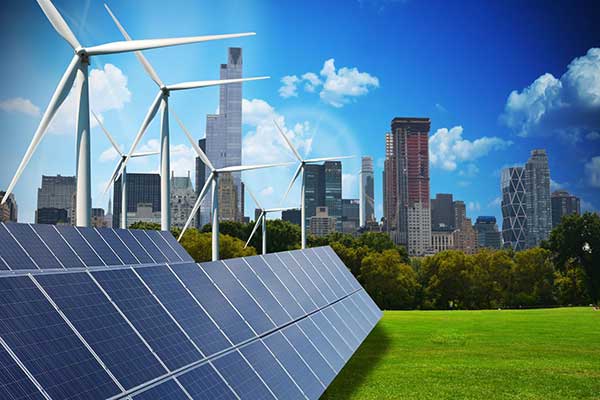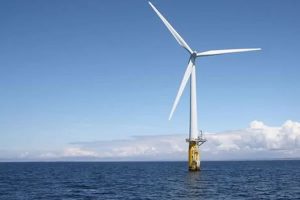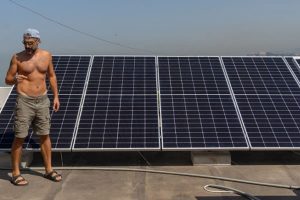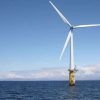In the U.S., fossil fuels produce up to 80% of all energy that we consume. Our current level of dependence on fossil fuels puts us on track for a rapid depletion of these finite materials. Meaning, if we’re not careful, we will run out of our precious, non-renewable resources. That means no more oil, natural gas, and even coal.
Burning fossil fuels in power plants is hard also on the environment. We’re talking about everything from ocean and air pollution to the destruction of entire ecosystems.
The good news is, we’re now able to reduce our dependence on fossil fuels like oil, coal, and natural gas, thanks to the growth of alternative energy sources. This article will discuss what alternative energy is and why it’s so important that we transition from our dependence on fossil fuels to alternative energy sources. We’ll also take a look at the difference between alternative and renewable energy sources, along with what sources of energy we’re using today to meet our energy needs.
What Is Alternative Energy?
Fossil fuels (oil, coal, and natural gas) are our most traditional source for power generation. Therefore, the energy that’s produced from any source other than fossil fuels is alternative energy. In other words, alternative energy is any amount of energy derived from non-fossil fuel sources. Generally speaking, using alternative energy has a low environmental impact.
What’s the Difference Between Renewable and Alternative Energy Sources?
We now know that alternative energy sources are any source we use to supplement or even replace traditional energy sources used for power generation. You could almost say the same thing about renewable energy sources. But there is one subtle difference between the two. All renewable energy sources fall under the category of alternative energy sources, but it doesn’t work the other way around.
That’s because renewable energy sources are derived from naturally replenished sources or processes of Earth, such as the sun, wind, and water. We refer to these resources as renewable or sustainable (as in sustainable energy) since, unlike fossil fuels, this naturally occurring continual renewal makes them inexhaustible. However, it’s possible for there to be alternative energy sources that are exhaustible, and therefore not renewable. That’s the difference. So what alternative energy source is exhaustible? You’ll have to continue reading to find out.
What Are the Best Types of Alternative Energy Sources?
The equipment necessary to harness energy from alternative sources used to be so expensive that it wasn’t practical for consumer use. However, thanks to increased demand, more experienced energy developers, competitive supply chains, improved renewable technologies, and enhanced energy efficiency capabilities, that’s no longer the case.
In fact, the International Renewable Energy Agency (IRENA) released a report back in 2020 showing how renewable power has now become increasingly cheaper than fossil fuels for electricity generation. Let’s look at a few of the best alternative energy sources we use today.








Leave a reply